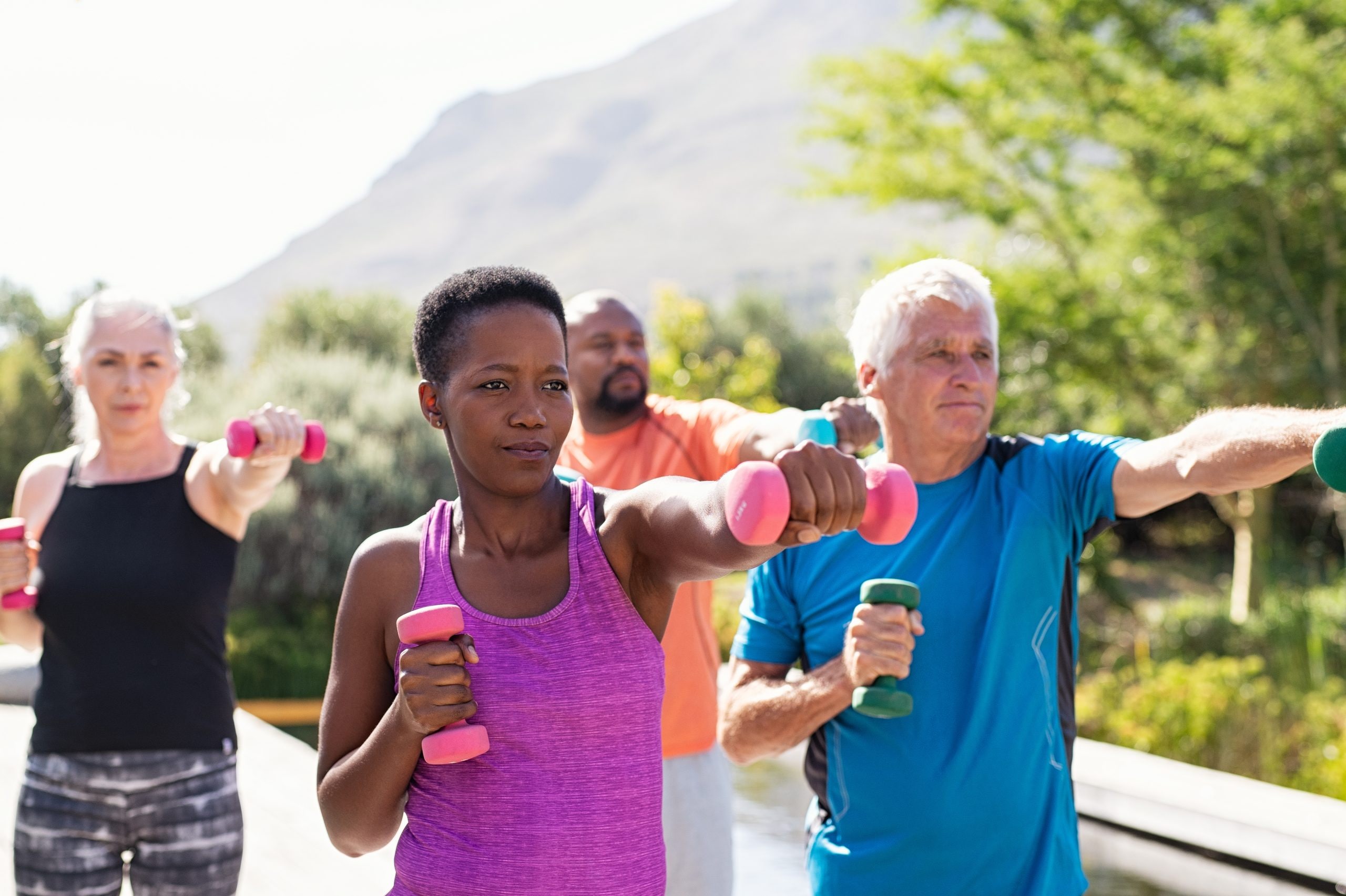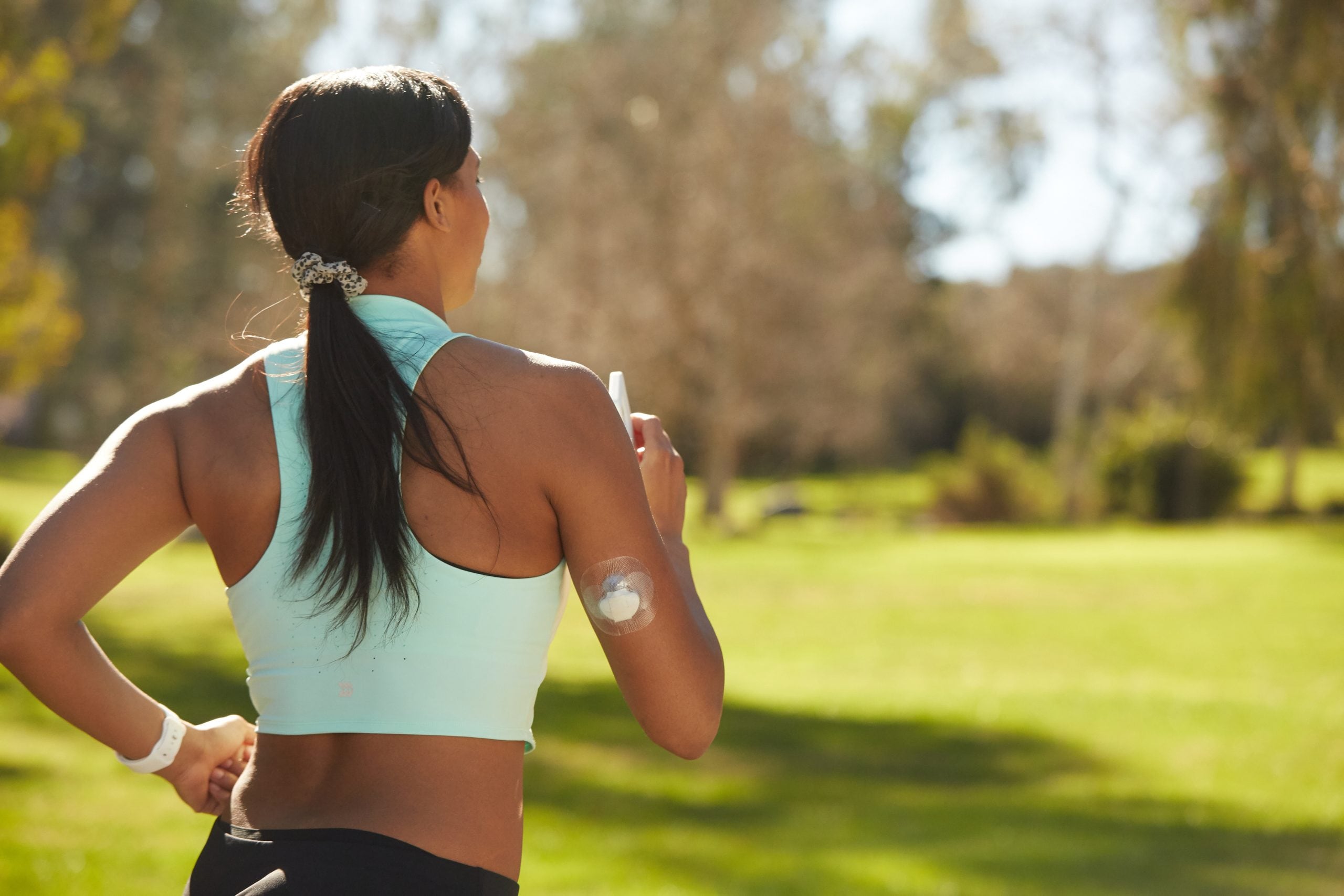Insulin and exercise

Exercising is one of the best things you can do for your body when you have diabetes. Just a little physical activity every day makes a big difference in your health, happiness, and your ability to manage blood sugar.
But, you may have questions about how to manage your insulin therapy before, during, and after exercise. During physical activity, your body increases its consumption of glucose and decreases insulin levels, though that effect depends on the type of exercise, intensity, and individual. When your body has difficulty producing insulin or is resistant to it, it’s important to know how moderate or intense exercise will affect your insulin levels.
Don’t misunderstand, however. Exercise is a great way to help manage blood sugar levels and can even help lower A1C levels over time. Any extra thinking you have to do about managing insulin and exercise is offset by the peace of mind you have knowing you’ve put your best foot forward in diabetes self-management.
How your body manages blood glucose during exercise
Due to your body’s response to exercise, physical activity can potentially increase insulin sensitivity, meaning your muscles will more readily absorb insulin in the bloodstream to aid in glucose consumption. According to the American Diabetes Association, physical activity can lower blood sugar for a full day after working out, as a result of increased insulin sensitivity.
Building on this link between insulin and exercise, your overall fitness and the type of exercise you do are two of the variables that determine your insulin sensitivity. To better understand this, let’s define the two states your body can enter during exercise:
- Aerobic: Any physical activity that involves frequent repeated movements of large muscle groups throughout your body, such as running or swimming, will require a large amount of oxygen. Your body’s cells enter an aerobic state if they must continually receive oxygen during steady, continuous exercise. This is why you’re out of breath after a jog.
- Anaerobic: Intense exercise meant to push your body past its limits (including sprinting and interval training) can be considered anaerobic. These activities are so intense that your body uses other means to provide its cells with energy and doesn’t need as much oxygen.
As you might have guessed, some activities lead to both aerobic and anaerobic responses. This most often occurs during team sports, like basketball and soccer.
Insulin and exercise
There is a big difference between how cells absorb insulin in aerobic and anaerobic activity. Aerobic exercise can increase glucose uptake up to 50 times compared to your resting state. However, people with diabetes undergoing insulin therapy increase their body’s insulin levels independent of the endocrine system, which controls hormones.
Your body won’t recognize injected insulin as adding to the amount it needs to function. If you have type 2 diabetes, for instance, you may continue to produce insulin to compensate for increased activity even if you are keeping it well supplied. If you can’t counteract increased insulin levels by eating carbs and refueling your body’s energy, this can lead to hypoglycemia as you’ll quickly deplete your glucose stores.
Of course, being active and using more energy should naturally require you to eat and consume more carbs to provide that energy. But you may have to decrease your insulin dosage or increase glucose consumption to keep your blood sugar stable.
This detailed guide detailed guide includes expert recommendations on how to reduce mealtime insulin therapy to fit into exercise routines. The general consensus is that mealtime insulin should be reduced by:
- 25 percent for mild aerobic activity
- 50 percent for moderate aerobic activity
- 75 percent for heavy aerobic activity
If you wear an insulin pump you will need to discuss basal rate adjustments during, before and/or after, you will need to discuss with your doctor basal rate adjustments during, before and/or after as well.
There are too many variables in both insulin and exercise to simply go by this recommendation without looking into how exercise affects you. So, if you plan to start a new exercise program, talk to your doctor.
Cooling down
If you experience hypoglycemia after a bout of intense exercise, follow the 15-15 rule by eating about 15 grams of carbs then waiting 15 minutes to check your blood sugar again. Repeat this process until you are back in a stable range (from 70 to 110 mg/dL).
Insulin uptake is elevated for about two hours after working out and insulin sensitivity may remain high between 24 and 48 hours, so keep a close eye on your blood sugar after starting a new training regimen.
Over time, staying active encourages your body to maintain a high level of insulin sensitivity to be prepared for your next workout, reducing your need for insulin even during periods of inactivity. Insulin and exercise are so related that many healthcare professionals recommend exercise as one of the best tools to manage diabetes.
So sweat it out! Exercise is not about having the best body—it’s about getting your body moving and feeling good.




Post a new comment
Required fields are marked *